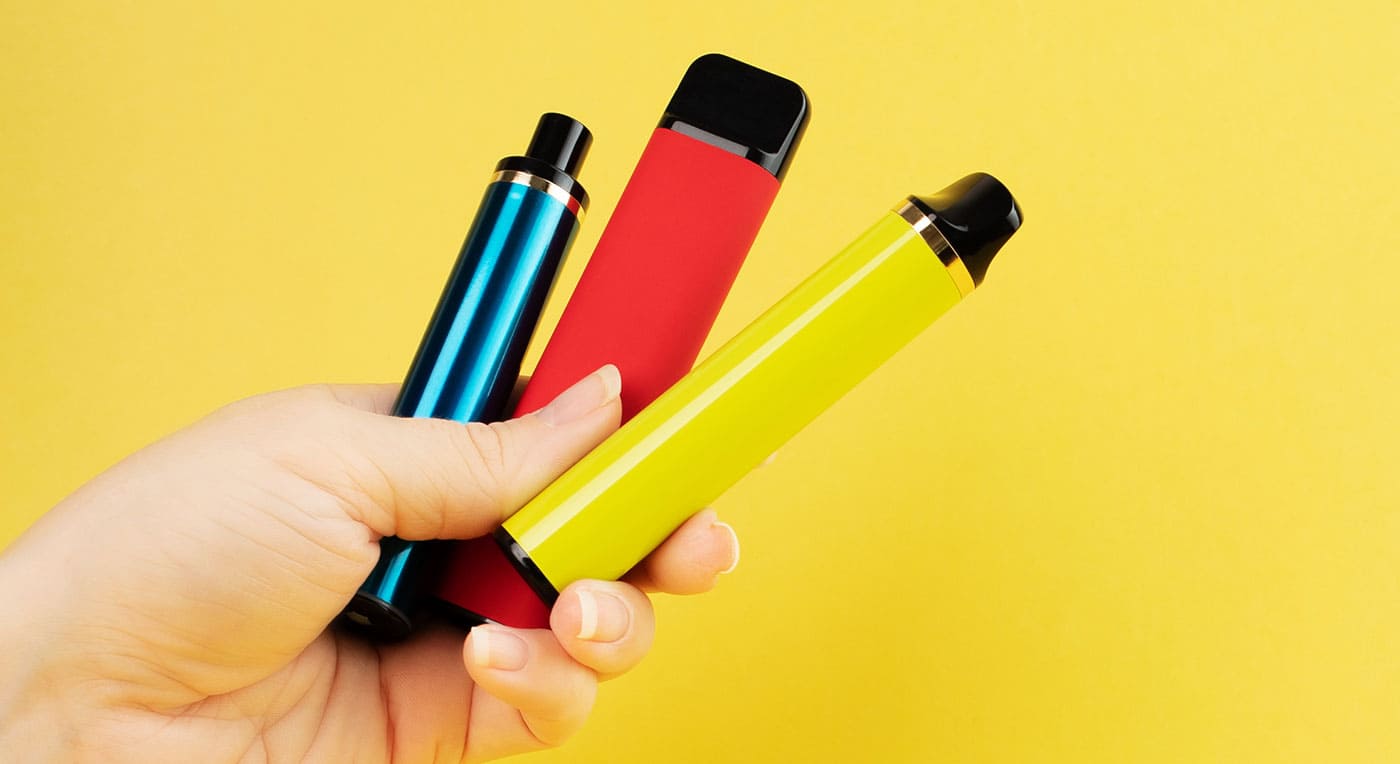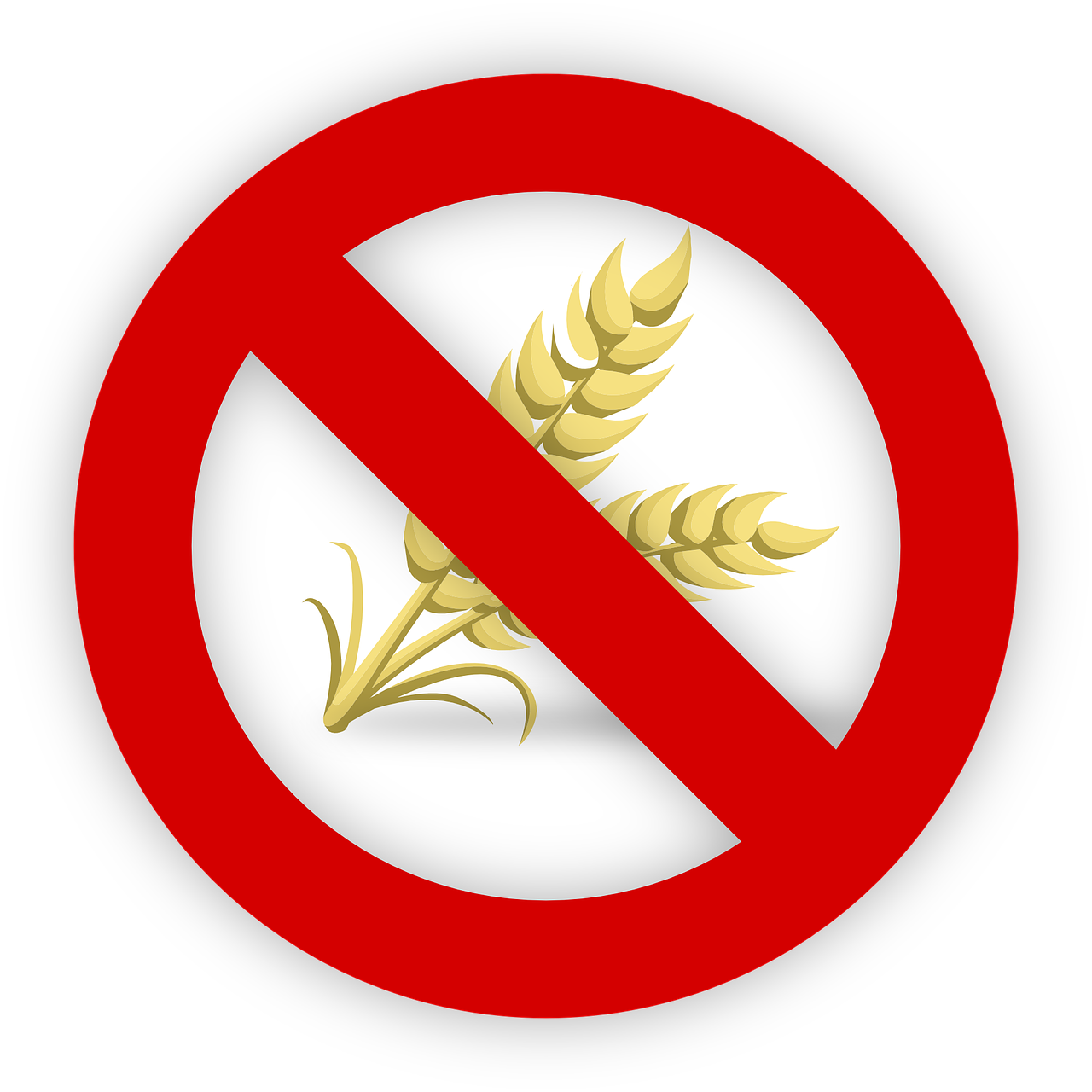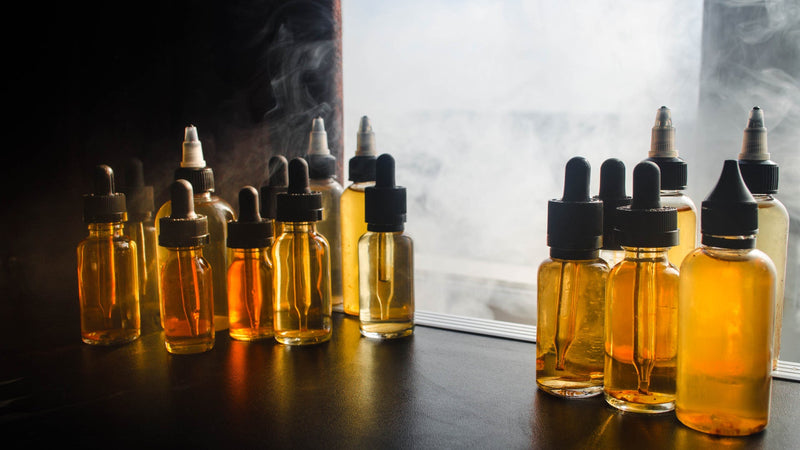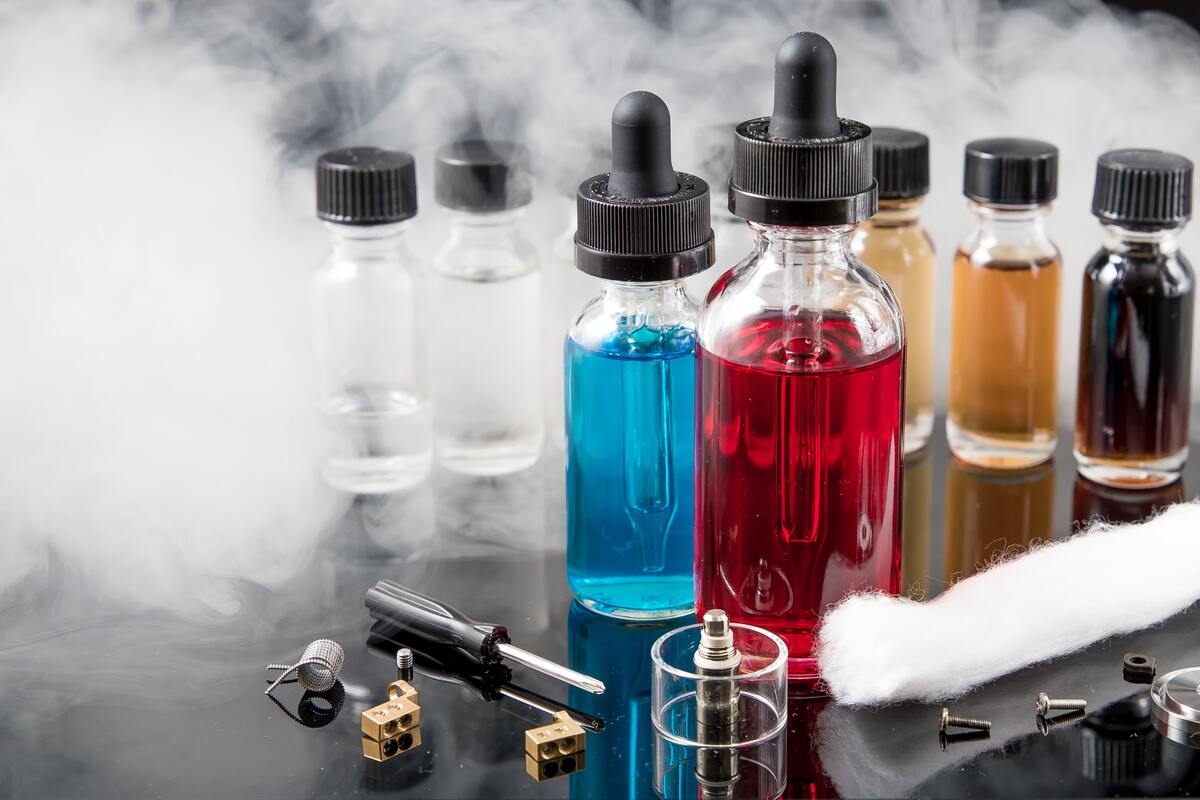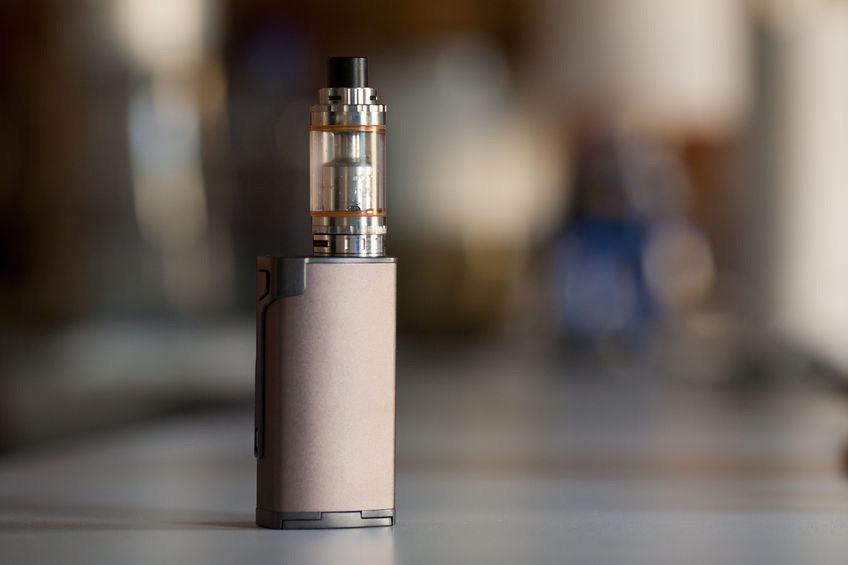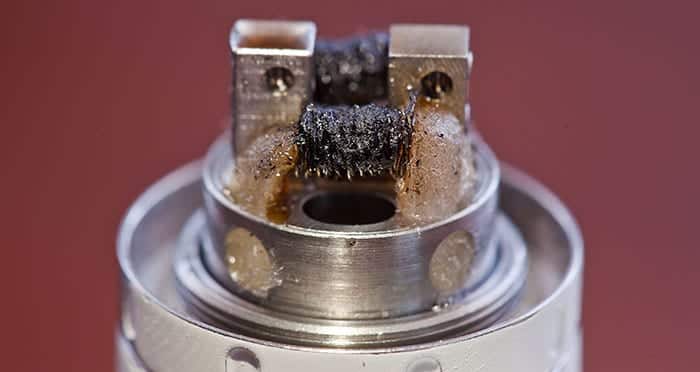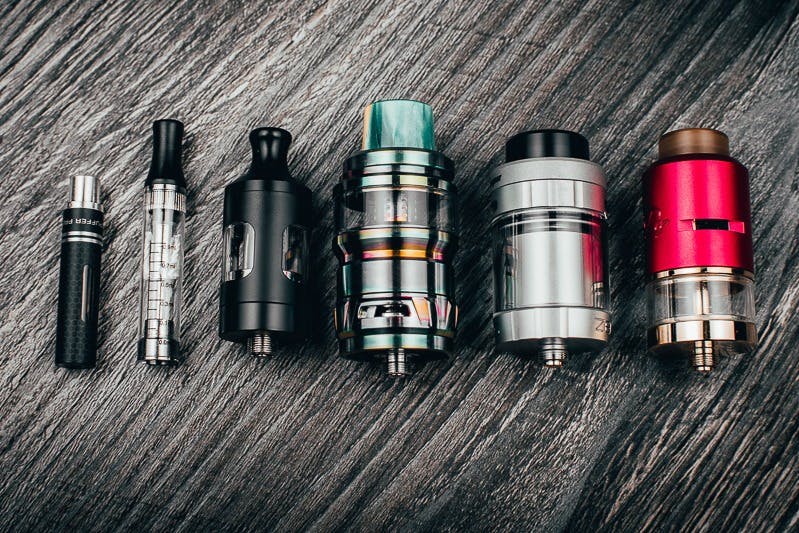Vaping, often referred to as electronic cigarette use or e-cigarette consumption, has rapidly gained popularity over the past decade. It was initially introduced as a smoking cessation tool, but it has evolved into a separate subculture with its trends, flavors, and devices. This article provides a comprehensive overview of vaping, discussing its benefits, risks, and regulatory landscape.
The Rise of Vaping
Vaping involves inhaling vaporized liquid using an electronic device. This liquid, known as e-juice or vape juice, typically contains nicotine, flavorings, propylene glycol, and vegetable glycerin. Vaping gained traction as an alternative to traditional cigarettes due to its perceived reduced harm compared to smoking tobacco.
Benefits of Vaping

Harm Reduction: Vaping is often promoted as a harm reduction tool for smokers looking to quit. Research suggests that vaping is less harmful than smoking, primarily because it eliminates exposure to many of the harmful chemicals produced during combustion.
Smoking Cessation: Many individuals have successfully used vaping as a means to quit smoking. E-cigarettes provide a controlled nicotine intake, allowing users to gradually reduce their nicotine dependence over time.
Variety of Flavors: Vaping offers a wide range of flavors, from traditional tobacco to fruit, dessert, and beverage-inspired options, catering to different preferences.
Reduced Secondhand Smoke Exposure: Vaping produces aerosol, which dissipates more quickly than tobacco smoke, potentially reducing the exposure of bystanders to harmful chemicals.

Risks and Concerns
Nicotine Addiction: While vaping eliminates many harmful chemicals found in traditional cigarettes, it still delivers nicotine, which is addictive. Non-smokers, particularly adolescents, are at risk of developing nicotine addiction through vaping.
Health Risks: Although vaping is generally considered less harmful than smoking, it is not entirely risk-free. Some concerns include lung irritation, potential long-term health effects, and the association with lung injuries related to illicit or black-market products.
Gateway to Smoking: Critics argue that vaping might serve as a gateway to smoking for young individuals who wouldn't have otherwise started smoking.
Lack of Regulation: The vaping industry faced challenges related to a lack of standardized regulations, resulting in varying product quality and safety standards.
Regulatory Landscape
The regulatory environment for vaping has evolved as governments worldwide grapple with the complexities of this relatively new phenomenon:
Age Restrictions: Many countries and states have implemented age restrictions to prevent underage access to vaping products.
Marketing and Advertising: Regulations around marketing and advertising of vaping products vary. Some regions restrict certain forms of advertising, particularly those that might appeal to minors.
Product Standards: Countries like the United States and the European Union have introduced regulations to standardize product safety and ingredient disclosure.
Flavor Bans: To curb youth vaping, some jurisdictions have banned or restricted the sale of flavored vape products.
PROS and CONS of Great Vape
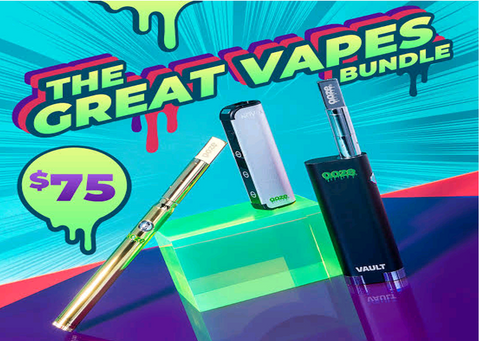
Pros:
Harm Reduction: One of the most significant advantages of Great Vape is its potential for harm reduction. Compared to traditional tobacco smoking, vaping eliminates the combustion process, reducing exposure to harmful chemicals and carcinogens produced during combustion.
Smoking Cessation Tool: Great Vape has been embraced by many as a smoking cessation tool. Smokers looking to quit often turn to vaping as it allows for controlled nicotine intake. Users can gradually reduce nicotine levels, aiding in the process of quitting.
Variety of Flavors: Great Vape offers an extensive range of flavors, catering to diverse preferences. From traditional tobacco and menthol to creative options like fruit, dessert, and beverage-inspired flavors, the variety adds to the appeal for users looking for different tastes.
Reduced Secondhand Exposure: Vaping produces an aerosol rather than smoke, which dissipates more quickly. This characteristic reduces the exposure of bystanders to potentially harmful chemicals, compared to the lingering nature of traditional cigarette smoke.
Customizable Nicotine Levels: Great Vape devices allow users to choose their nicotine levels, making it easier to gradually reduce nicotine intake. This level of customization is especially beneficial for individuals trying to quit nicotine addiction.
Social Acceptance: Vaping is often perceived as more socially acceptable than smoking, given the absence of the strong odor associated with cigarettes. This can be advantageous for individuals who want to enjoy nicotine without the social stigma attached to smoking.
Convenience and Portability: Vaping devices are often compact and portable, making them easy to carry and use on the go. This convenience factor contributes to the popularity of Great Vape among users who value portability.
Cons:
Nicotine Addiction: Despite being less harmful than traditional smoking, Great Vape still delivers nicotine, which is highly addictive. Users, particularly non-smokers and young individuals, are at risk of developing nicotine addiction through vaping.
Health Concerns: While vaping is generally considered safer than smoking, it is not entirely risk-free. There have been cases of vaping-related lung injuries and potential long-term health effects that are still being studied.
Youth Initiation: The availability of appealing flavors and marketing tactics have raised concerns that Great Vape might attract non-smoking youth, potentially leading to nicotine addiction and, in some cases, acting as a gateway to smoking.
Lack of Regulation: The vaping industry has faced challenges due to the absence of standardized regulations. This has led to variations in product quality, safety standards, and transparency regarding ingredients.
Battery Safety: Great Vape devices are powered by batteries that can pose safety risks if not handled properly. Cases of battery explosions have been reported, emphasizing the need for proper battery care and handling.
Ethical Marketing Concerns: Some vaping companies have faced criticism for marketing tactics that appear to target young individuals, contributing to the perception that vaping is trendy and harmless.
Unknown Long-Term Effects: As vaping is a relatively new phenomenon, the long-term health effects are not yet fully understood. While it appears to be a better alternative to smoking, the potential consequences of prolonged use are still being researched.
Conclusion
Vaping is a complex and controversial topic that encompasses both potential benefits and risks. While it has helped some smokers quit traditional cigarettes, concerns about its impact on non-smokers, especially youth, and the lack of long-term data warrant ongoing research and regulatory efforts. As the vaping industry continues to evolve, finding a balance between harm reduction for adult smokers and preventing youth initiation remains a significant challenge.
FAQ
- What is vaping?
Vaping, also known as electronic cigarette use or e-cigarette consumption, involves inhaling vaporized liquid using an electronic device. This liquid, called e-juice or vape juice, contains nicotine, flavorings, propylene glycol, and vegetable glycerin.
- What led to the rise of vaping?
Vaping gained popularity as an alternative to traditional cigarettes due to its perceived reduced harm compared to smoking tobacco. It was initially introduced as a smoking cessation tool but has evolved into a distinct subculture with various flavors and devices.
- What are the benefits of vaping?
Harm Reduction: Vaping is considered less harmful than smoking due to reduced exposure to harmful chemicals produced during combustion.
Smoking Cessation: Many have successfully quit smoking using vaping, as it allows controlled nicotine intake for gradual dependency reduction.
Variety of Flavors: Vaping offers diverse flavors, catering to different preferences.
Reduced Secondhand Smoke Exposure: Vaping aerosol dissipates faster than tobacco smoke, potentially reducing bystander exposure.
- What are the risks associated with vaping?
Nicotine Addiction: Vaping still delivers addictive nicotine, putting non-smokers and adolescents at risk of addiction.
Health Risks: While less harmful, vaping isn't risk-free, potentially causing lung irritation and long-term health effects.
Gateway to Smoking: Vaping might lead non-smokers, especially youth, to smoking.
Lack of Regulation: Vaping lacks standardized regulations, resulting in varying product quality and safety.
- How is vaping regulated?
Age Restrictions: Many places enforce age restrictions to prevent underage access.
Marketing and Advertising: Vaping product advertising regulations vary, with some restrictions on appealing to minors.
Product Standards: Some regions introduced regulations to standardize safety and ingredient disclosure.
Flavor Bans: To deter youth vaping, certain jurisdictions have banned or restricted flavored vape products.
- What are the pros of Great Vape?
Harm Reduction: Great Vape reduces harm by eliminating the combustion process, and reducing exposure to harmful chemicals.
Smoking Cessation Tool: It aids quitting by providing controlled nicotine intake for gradual dependency reduction.
Variety of Flavors: Diverse flavors cater to various preferences.
Reduced Secondhand Exposure: Aerosol dissipates quickly, reducing bystander exposure.
Customizable Nicotine Levels: Users can choose nicotine levels, aiding nicotine addiction cessation.
Social Acceptance: Vaping is often more socially acceptable due to the lack of cigarette odor.
Convenience and Portability: Vaping devices are compact and portable for on-the-go use.
- What are the cons of Great Vape?
Nicotine Addiction: Users, particularly non-smokers and youth, risk nicotine addiction.
Health Concerns: Health risks exist, including vaping-related lung injuries and unknown long-term effects.
Youth Initiation: Attractive flavors and marketing might attract non-smoking youth, potentially leading to addiction.
Lack of Regulation: The absence of standardized regulations affects product quality and safety.
Battery Safety: Improper handling of batteries in devices poses safety risks.
Ethical Marketing Concerns: Some companies target youth with marketing, causing concerns.
Unknown Long-Term Effects: It is yet unclear exactly how vaping will affect your health in the long run.
- What's the conclusion on vaping?
Vaping offers potential benefits for harm reduction and smoking cessation but raises concerns about youth initiation and long-term effects. Continued research and regulation are crucial as the vaping industry evolves. Balancing harm reduction for adults and preventing youth initiation remains a challenge.
About UPENDS - Elevating Vaping with Innovation
Welcome to UPENDS, a trailblazing brand committed to redefining the vaping experience through innovation. Our vision is to provide vapers with an unparalleled journey that combines cutting-edge technology and elegant design, setting new benchmarks in the industry.
Central to our commitment is the UPENDS NANO Vape, a pinnacle of innovation. With a sleek, ergonomic design, the NANO Vape offers a refillable pod system, ensuring hassle-free enjoyment of various e-liquids. Its minimalist aesthetics harmonize with effortless vaping, while the robust battery ensures extended usage without interruption.

Why choose UPENDS? We embody innovation, uphold quality, prioritize customers, and offer an opportunity to elevate your vaping escapade. Join us in embracing the future of vaping with the UPENDS NANO Vape, where technology and style converge to create an unmatched vaping encounter.
Explore the UPENDS NANO Vape collection here and discover a new dimension of vaping satisfaction. UPENDS - Pioneering Innovation in Vaping.







